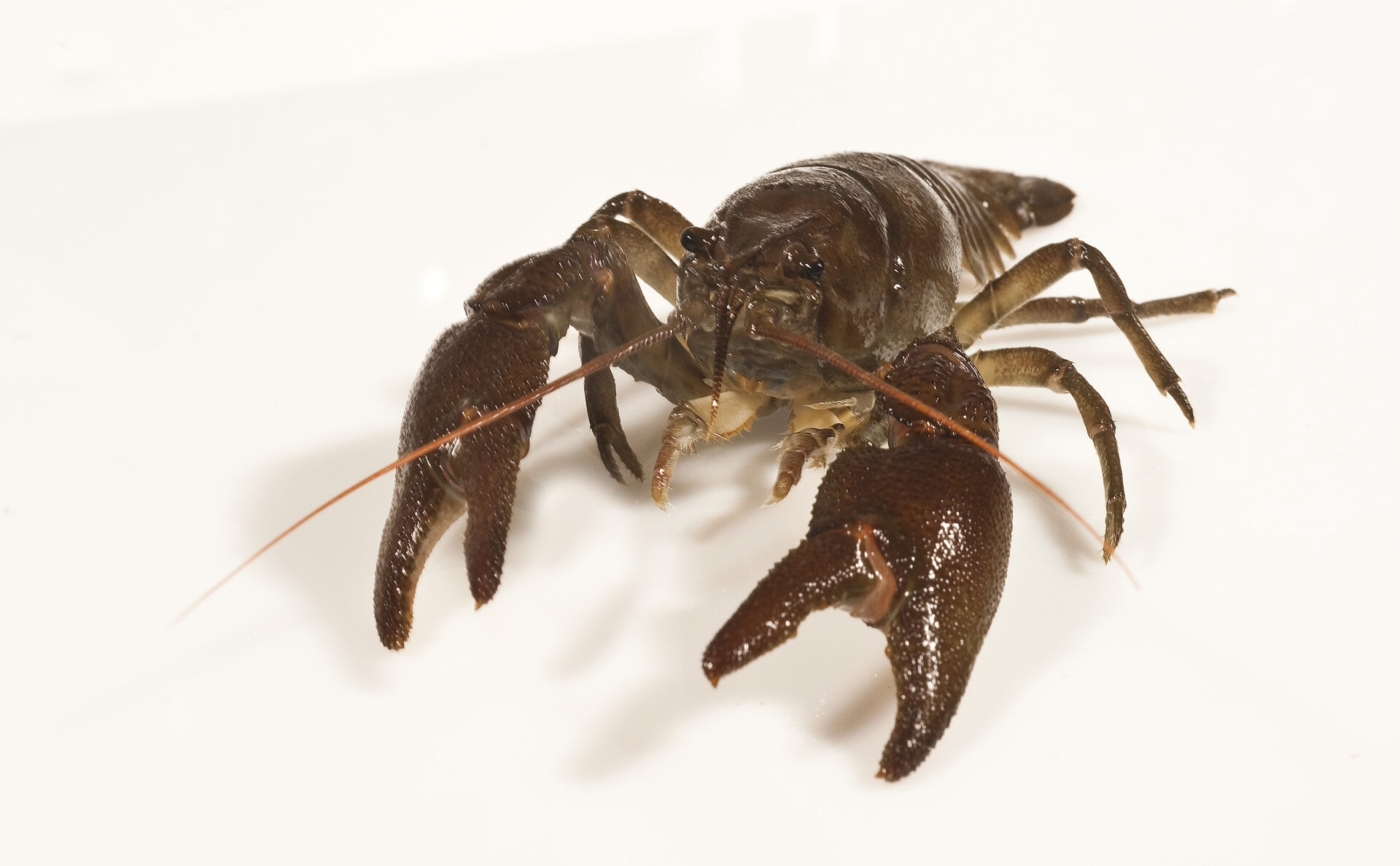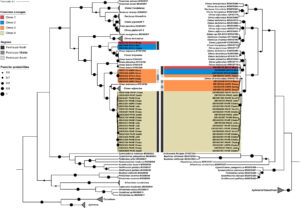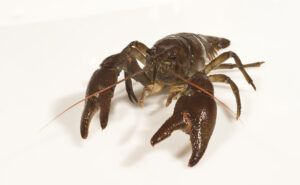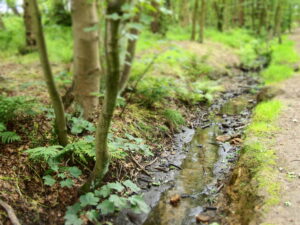How can population genomics help in the conservation of the endangered white-clawed crayfish (Austropotamobius pallipes)?

How can population genomics help in the conservation of the endangered white-clawed crayfish (Austropotamobius pallipes)?
The white-clawed crayfish (Austropotamobius pallipes) is the only native crayfish species in the UK and is experiencing critical population declines throughout its range. Population decline and local extinctions result from habitat loss and competition with the invasive signal crayfish (Pacifastacus leniusculus), which also carries the oomycete pathogen ‘crayfish plague’ (Aphanomyces astaci). Signal crayfish experience little, if any impact from crayfish plague. But they spread plague to white-clawed crayfish which are highly susceptible, suffering 100% mortality. As a result, white-clawed crayfish are now considered globally endangered under the IUCN Red List (IUCN 2022) (1).
The current conservation intervention for UK white-clawed crayfish is to collect surviving individuals to establish ‘ark populations’ in isolated waterbodies (2). However, this risks potential founder effects that could reduce genetic variation, increasing the risk of inbreeding and loss of capacity for adaptation to future environmental challenges such as disease and climate change.
We will generate a reference genome for UK Austropotamobius pallipes, and then resequence multiple individuals from across the UK range, including ark populations. The population genomic data will address the following key questions:
- What are the population origins, population structure, and histories of migration for white-clawed crayfish populations?
- What are the levels of genetic variation within and among different white-clawed crayfish populations, and how does this, and past population history, influence potential inbreeding risks and adaptive capacity across different populations?
- Does the creation of ‘ark populations’ risk loss of genetic variation and increase potential for inbreeding impacts, and how can such risks be mitigated?
- What genetic management is required to maintain the integrity of ark populations?
- Do patterns of genetic variation have implications for adaptation to climate change and responses to pathogens, including resistance to crayfish plague?
- Is there evidence for past selection across the Austropotamobius pallipes genome, and if so, for which loci and in response to which selection pressures?
Through this multi-disciplinary applied project the student will contribute to white-clawed crayfish conservation efforts by applying cutting edge genomic technology and approaches. This will be combined with field work with licenced surveyors from the CASE patner APEM Ltd (3), to collect non-invasive samples from white-clawed crayfish populations from across its range. The project will be co-supervised by Professor Alison Dunn and Dr Simon Goodman at the University of Leeds and by Drs Paul Stebbing and Jo James at APEM. The PhD will have industry support from APEM Ltd, a leading global environmental consultancy with extensive experience in the conservation and management of crayfish. Through this partnership with Leeds University the student will receive training from world experts in white-clawed crayfish field techniques as well as genetic analysis and data interpretation.
Impact
The student will generate data that will inform current and future conservation risks for white-clawed crayfish. The project will lead to high impact publications in genomics and conservation fields. Working with environmental consultants and academics, the student will participate in translating these results into conservation policy and planning for the endangered white clawed crayfish.
Methodologies & training
The student will receive training in and use approaches in the following areas: aquatic ecological surveys and associated data analysis; de novo reference genome sequencing, assembly and annotation using Illumina and Nanopore platforms and associated bioinformatics pipelines using high performance computing environments; population resequencing to generate population genomic datasets, and associated population genomic data analysis pipelines to characterise population structure, reconstruct demographic histories, detect selection signatures, evaluate inbreeding risks and develop conservation genetic management strategies.
The student will spend at least three months during the PhD with the CASE partner APEM Ltd embedded in the Conservation team with Drs Stebbing and Jones, gaining experiencing working in a consultancy and project-specific training for fieldwork in populations and habitats of rare and protected species including crayfish sampling.
Requirements
Honours degree and/or Masters in a topic relating to Biology, Zoology, Ecology, Genetics, Biodiversity, Evolution, Bioinformatics, Maths & Biology etc. An interest in working at the interface of ecology, biodiversity and population/evolutionary genomics is essential. Prior experience of bioinformatics is helpful but not essential. However, interest in developing skills in bioinformatics and computing is important.
References
- https://www.iucnredlist.org/species/2430/9438817
- Nightingale, J., Stebbing, P., Sibley, P., Brown, O., Rushbrook, B., & Jones, G. (2017). A review of the use of ark sites and associated conservation measures to secure the long‐term survival of White‐clawed crayfish Austropotamobius pallipes in the United Kingdom and Ireland. International Zoo Yearbook, 51(1), 50-68.
- https://www.apemltd.com/service/biodiversity-and-protection-of-rare-species/
- https://www.leeds.ac.uk/news-environment/news/article/5334/rescued-crayfish-find-new-home-at-bodington-pond
- https://www.gov.uk/government/news/race-against-time-to-save-endangered-species-from-deadly-disease



